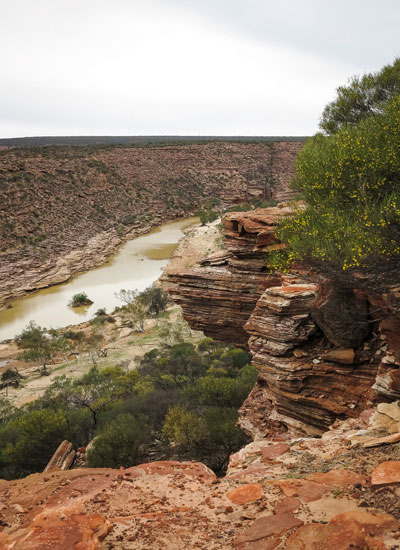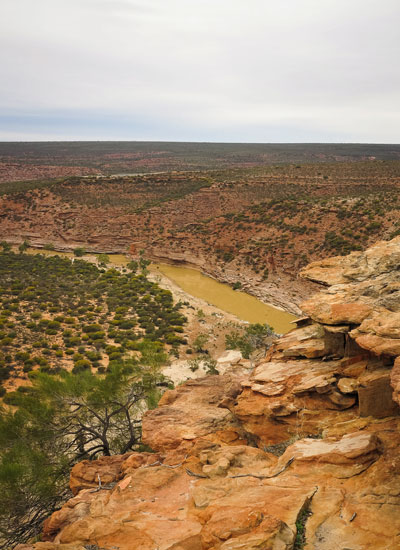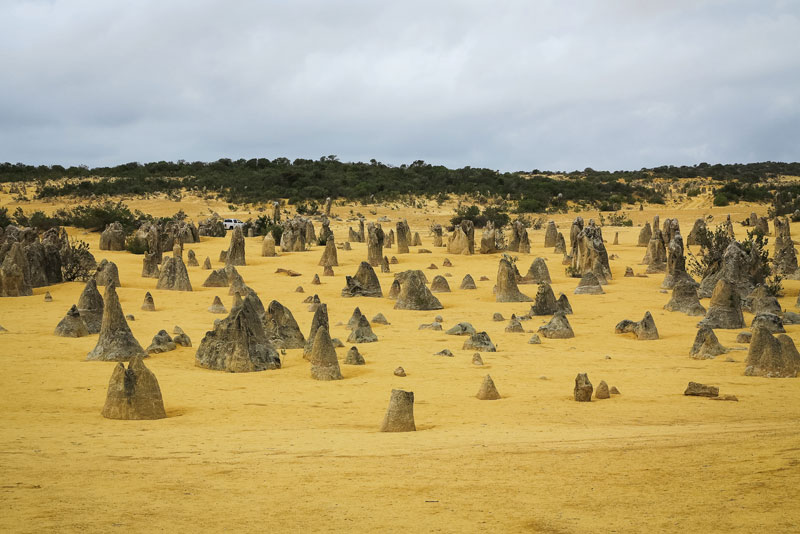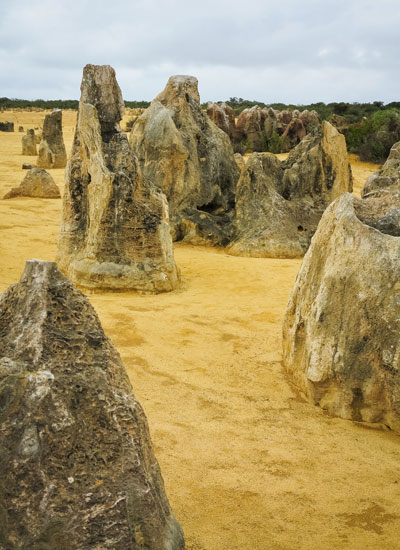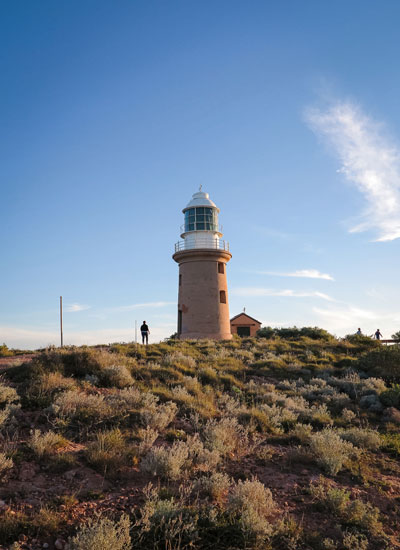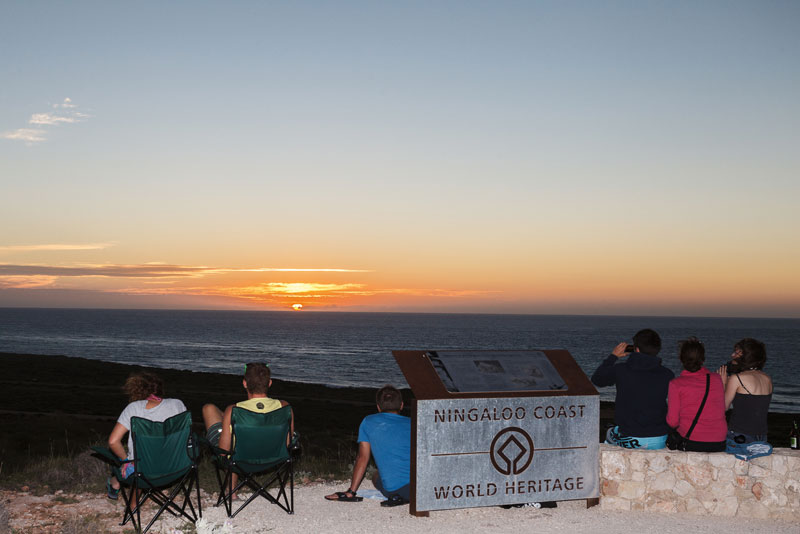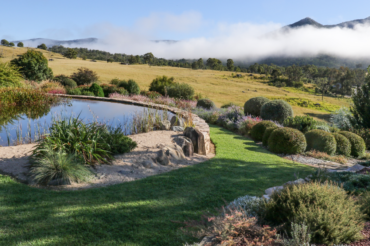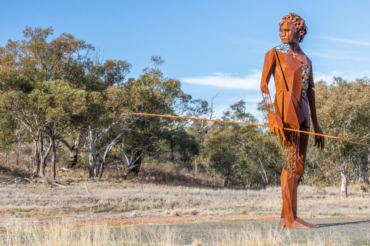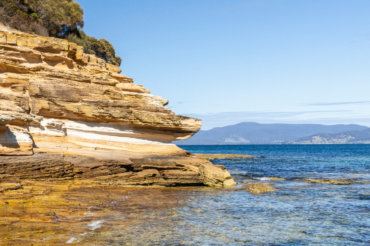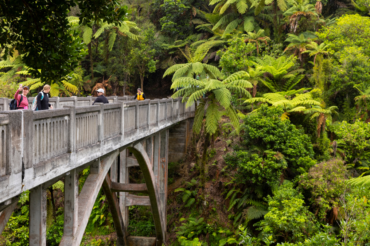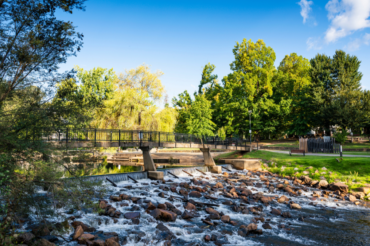
Swimming with the whale sharks has been on my bucket list for so long that I can’t remember when I first heard about the world’s largest fish. Clearly, I am not alone. As we travel up the Coral Coast — a vast tract of WA’s coastline stretching from Cervantes, a couple of hours north of Perth, to Exmouth, 1270 kilometres from the capital — everyone we meet has either swum with the whale sharks or is on their way to swim with them.
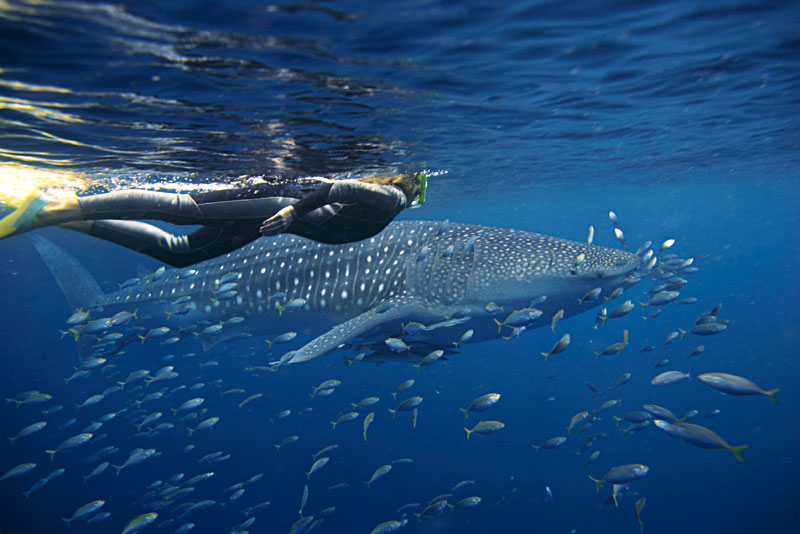
Complete strangers come up to us in camping grounds, service stations, restaurants and remote national park lookouts proff ering electronic devices with still and video proof of their encounters with the awesome marine creature, which grows up to 12 metres in length and can weigh up to 20 tonnes.
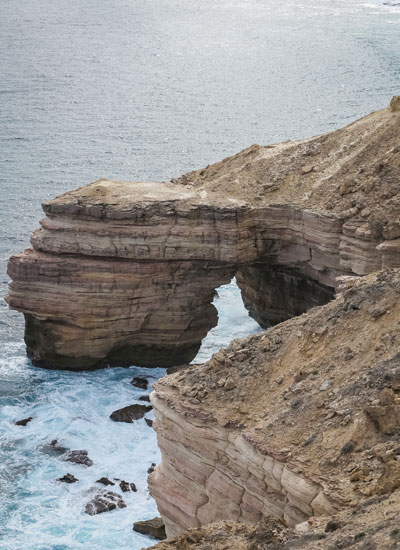
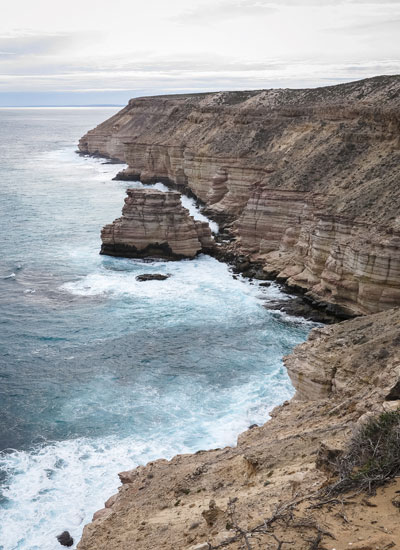
Attracted to the Ningaloo Marine Park between Exmouth and Shark Bay following the autumn coral spawnings, which draw the plankton and krill that are the whale shark’s main diet, these gentle giants can be seen in the region any time from mid-March to mid-September. And judging from the reverential expressions and general level of excitement from those fortunate enough to have born witness to the whale shark, the experience is as close as you can get to an epiphany in this secular age. Unfortunately, I am unable to add my voice to the choir, as our tour was cancelled due to bad weather on the morning we were set to head out. Apparently, that makes us part of only two per cent of visitors who miss out during each whale shark season, which is little consolation when you have been waiting more than a decade to fulfil a dream.
What’s more, we were advised that the weather didn’t look like it would improve for a couple of days and, due to a schedule set weeks earlier, we had to head back to Perth. In a way, however, Mother Nature did us a favour, as cutting short our time in the north meant we had more time to explore this vast stretch of the coast and its myriad attractions.
From Exmouth it’s just 150km south to the snorkeller’s paradise of Coral Bay, where Ningaloo, the world’s largest fringing reef, comes within metres of the shore providing the easiest possible access to the coral and diverse marine life including tropical fish, manta rays and turtles. Leaving Coral Bay, it’s another 220km south to Carnarvon, where the mighty Gascoyne River enters the sea and the surrounding river flats support a cornucopia of fresh fruit and vegetables ranging from bananas, pawpaws, mangoes and melons to tomatoes, beans, asparagus and avocados.
I’m acutely aware we’ve left out as many “must-sees” as we’ve experienced, from the blowholes north of Carnarvon and the rugged grandeur of Cape Range National Park near Exmouth, to the Abrolhos Islands and the historic settlements of Greenough and Northhampton. Ah well, as they say, you have to leave something for next time. And I’m optimistically confident the whale sharks will be waiting for me whenever that is.
For more information on the Coral Coast, visit westernaustralia.com.
This story was originally published in the February 2015 issue of Australian Country. Order the back issue here.
Click here for more escape stories.
Words Kirsty McKenzie
Photography Ken Brass and Tourism WA

